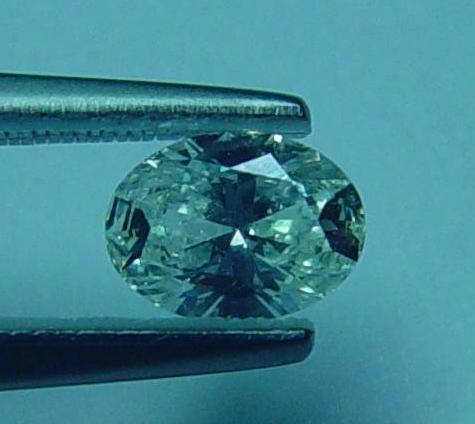A bow tie in a diamond refers to a dark shadow or dark area that appears across the center of a diamond, typically seen in princess or marquise cut diamonds. This shadow resembles the shape of a bow tie, hence the name. The appearance of the bow tie is a result of how the diamond is cut and how light reflects and refracts within the stone.
Key Characteristics of a Bow Tie in Diamonds:
Causes of Bow Tie Effect:
The bow tie effect occurs when light is not able to pass through the center of the diamond evenly, creating a darker area. This is most commonly seen in diamonds with deep cuts or those with asymmetrical facets.
It is more prominent in certain shapes, such as:
Marquise cut: Due to its elongated shape, the bow tie effect can be very noticeable in marquise diamonds.
Princess cut: The square shape of a princess cut can also result in some dark areas in the center, resembling a bow tie.
Radiant cut: Similar to princess cuts, radiant diamonds can also show a bow tie, although less often.
Appearance:
The bow tie typically appears as a dark zone or shadow running diagonally across the diamond’s table. The size and intensity of the bow tie can vary depending on the diamond’s proportions and cut quality.
Some bow ties are subtle and barely noticeable, while others may be more prominent and affect the overall visual appeal of the diamond.
Impact on Value:
The presence of a bow tie can sometimes negatively impact the beauty of the diamond, as it detracts from its overall brilliance and sparkle. This is especially true if the bow tie is large or dark.
However, not all bow ties are viewed negatively. In some cases, they are seen as a natural characteristic of certain cuts, and diamonds with subtle bow ties may still be considered beautiful and valuable.
Cut Quality:
The presence of a bow tie is often related to the cut quality of the diamond. Diamonds with a poorly executed cut may have more pronounced bow ties, while diamonds with a well-proportioned cut may have minimal or no bow tie effect.
Ideal or excellent cut diamonds are less likely to have an obvious bow tie, as the angles and facets are designed to optimize light return and minimize shadows.
Bow Tie in Fancy Cuts:
In diamonds with fancy shapes (e.g., marquise, oval, or pear), the bow tie effect is more common, especially in shapes that are elongated or asymmetric. The cut quality plays a critical role in reducing or accentuating the bow tie.
How to Minimise the Bow Tie Effect:
When choosing a diamond with a shape prone to a bow tie (e.g., marquise or princess cut), it is important to ensure the diamond has a well-balanced cut. A diamond with correct proportions and a properly aligned facet structure is more likely to have a minimal bow tie effect.
Sometimes, choosing a slightly different shape can avoid the bow tie altogether, such as opting for a round brilliant cut, which typically has less chance of exhibiting the bow tie effect.
